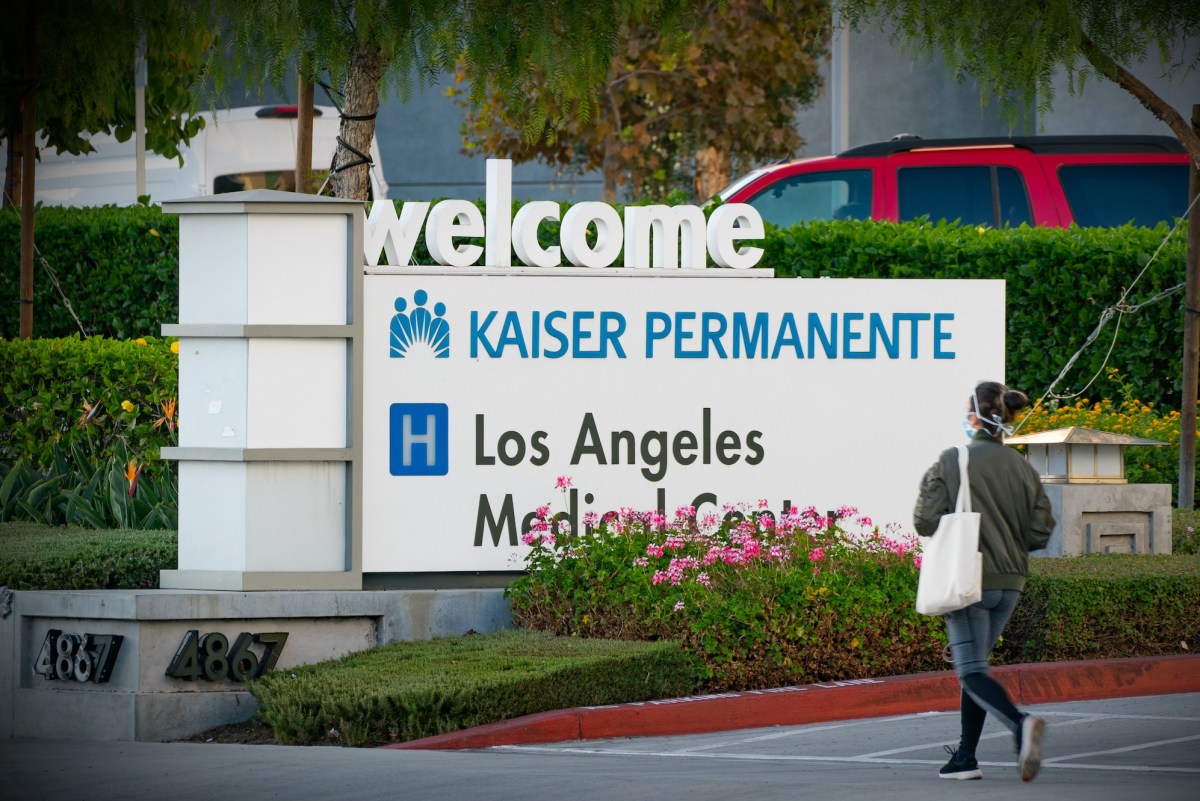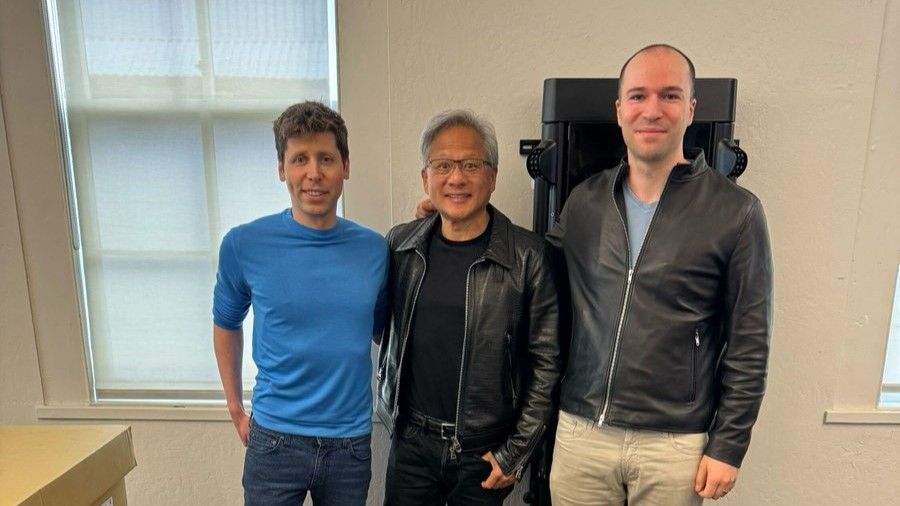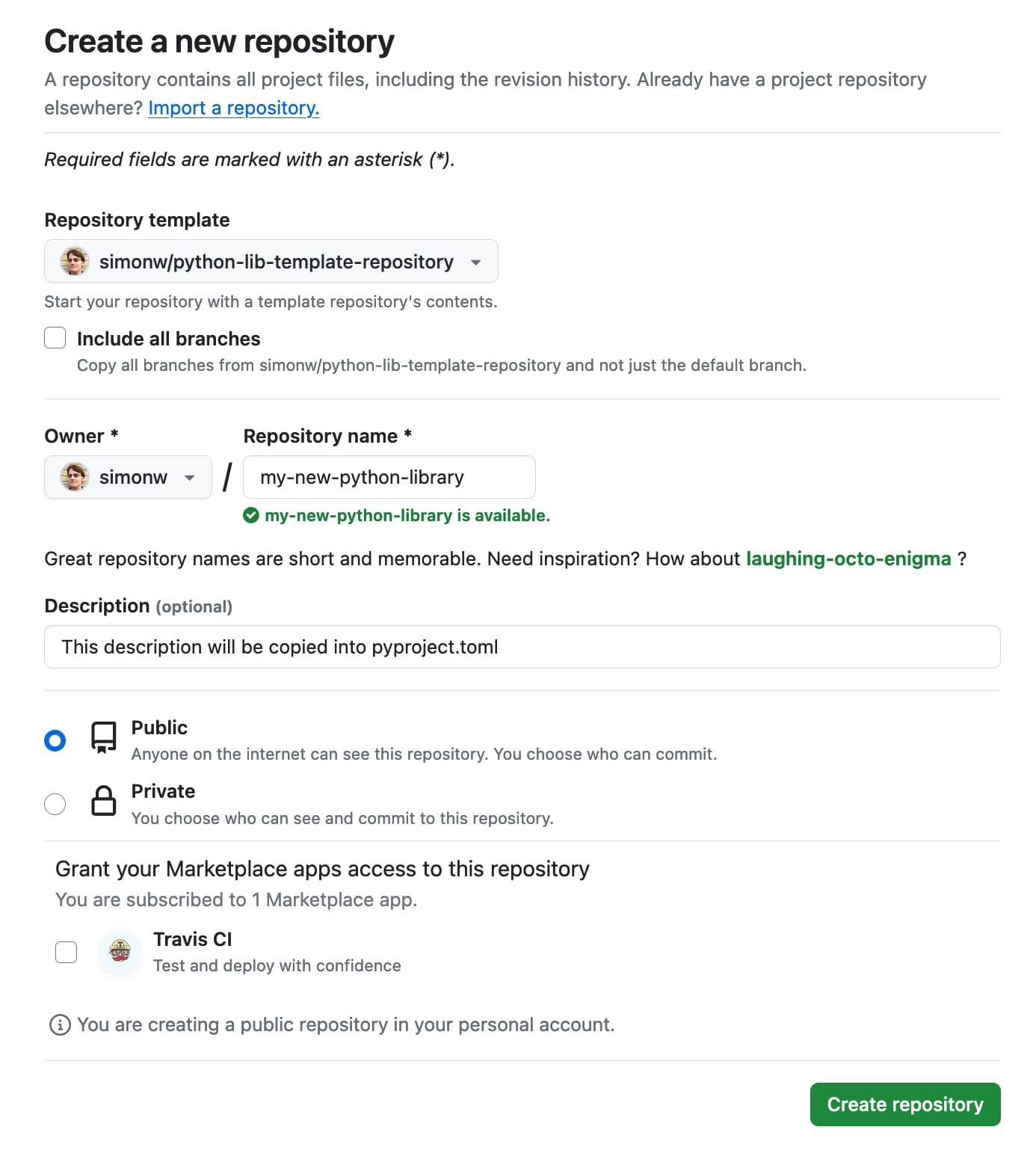
The coast of dystopia A cautionary tale from the streets of San Francisco
“T HERE’S A CRUELTY here that I don’t think I’ve ever seen,” said Leilani Farha, then the UN’s special rapporteur on adequate housing, in San Francisco in 2018. Visitors are routinely dismayed by the desperation of those living on the streets of the wealthy west-coast city. From 2005 to 2020 the estimated number of unsheltered homeless people nearly doubled, even as homelessness declined nationwide. How can a place brimming with resources and good intentions fail so flagrantly to meet the basic needs of the population?
This question and its uncomfortable answers form the spine of “San Fransicko” by Michael Shellenberger, a former journalist who runs Environmental Progress, a non-profit group. He blames San Francisco’s woes on a culture of permissive lawlessness and a mistaken view of what constitutes moral policymaking. For example, many on the left believe the lax prosecution of laws is compassionate. As a result, the city mostly does not enforce drug laws, even against dealers—at a mounting cost to addicts. Last year 713 people died of accidental drug overdoses, more than double the toll of covid-19. “What kind of city regulates ice-cream stores more strictly than drug-dealers who kill 713 of its citizens in a single year?” Mr Shellenberger asks.
Oddly, a countercultural metropolis famed for innovation has been beset by groupthink. Activists claim San Francisco simply needs to spend more to house the homeless, without scrutinising the funds that the city already doles out to a web of unaccountable non-profits, or reckoning with the magnetic effect of its permissive policies on troubled folk elsewhere. Around 30% of the homeless population of San Francisco say they were homeless before they arrived.











